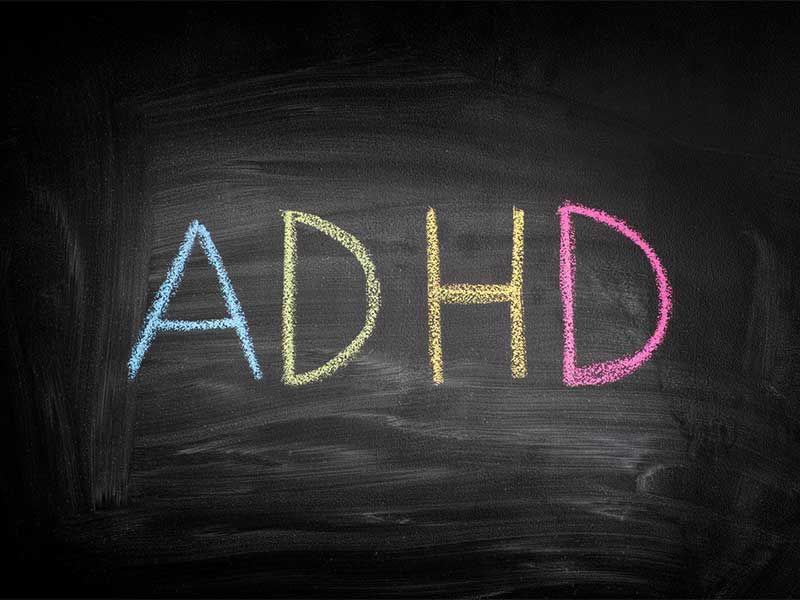Attention-deficit hyperactivity disorder, or ADHD for short, is a lifelong neurodevelopmental disorder in which the brain grows and works differently. The core symptoms of ADHD include issues with attention and/or issues with hyperactivity and impulsiveness. ADHD also commonly has associated ‘co-existing conditions’, with people with ADHD being more likely to have an anxiety disorder, a mood disorder, an eating disorder or issues with gambling or substance abuse.
Additionally, around 70% of adults with ADHD also experience emotional dysregulation, making it difficult to control emotional responses. It is also believed that many adults with ADHD are also very sensitive to criticism or rejection, which can make interactions in relationships or at work complicated and difficult.
The symptoms of ADHD are largely similar for both adults and children, although ADHD can change as we age. For example, inattention is the most persistent symptom in adults, and hyperactivity is less apparent.
Attention issues
Although the name ADHD suggests an attention ‘deficit’, this can be misleading. Rather than having less attention, people with ADHD are often less able to ‘choose’ what they pay attention to, as an ADHD brain will often seek instantly rewarding behaviour instead of engaging in less rewarding tasks. An example might be spending time on a smartphone instead of engaging with a work task. People with ADHD can also have too much attention and can ‘hyperfocus’ on rewarding tasks, often to the exclusion of self-care or the external environment.
Common issues with attention include:
- Failing to give close attention to details or making careless mistakes in schoolwork, at work, or with other activities.
- Not being able to listen when spoken to directly.
- Having trouble organising tasks and activities.
- Often losing things necessary for tasks and activities, such as tools, wallets, keys and spectacles.
- Being easily distracted
Hyperactivity/Impulsiveness issues
Hyperactivity in adults involves restlessness, both internally and externally. Internal restlessness often involves racing thoughts and has been described as having a brain with ‘lots of tabs open’, like an internet browser. Combined with impulsiveness, the inability to stop and think about our actions, this part of ADHD can manifest itself in the following ways:
- Fidgeting, such as tapping hands or feet or squirming in a seat.
- Often leaving our seat in situations when remaining seated is expected.
- Being often “on the go” or acting as if “driven by a motor”.
- Talking excessively.
- Often interrupting or intruding on others (e.g. butting into conversations or games)
People with ADHD can have issues with both attention and hyperactivity, which is commonly known as ‘combined type ADHD’. Some people, however, have issues with just attention or hyperactivity.
ADHD is also commonly associated with issues with “executive function”. These are the higher thinking skills, such as planning, task management, inhibition of thoughts, and working memory. These issues can affect the day-to-day life of someone with ADHD as much as the core symptoms.
Although often seen as a “new” disorder predominantly seen in children, ADHD was first described in medical texts dating back to the 18th century. Although ADHD is usually diagnosed during childhood, most people continue to live with ADHD for their entire adult lives. ADHD affects around 2.5% of the population, although most people with the disorder are likely undiagnosed.
ADHD Treatment
Although ADHD cannot currently be ‘cured’, it is treatable. Medications including methylphenidate (sometimes called Ritalin) and lisdexamfetamine (sometimes called Elvanse) are effective in around 70-80% of ADHD patients, and non-pharmaceutical treatments such as cognitive behavioural therapy or CBT are also effective in tackling the core and associated issues that come with ADHD.
Once treated and managed, people with ADHD can start to live a happier and more productive life.


Leave A Comment